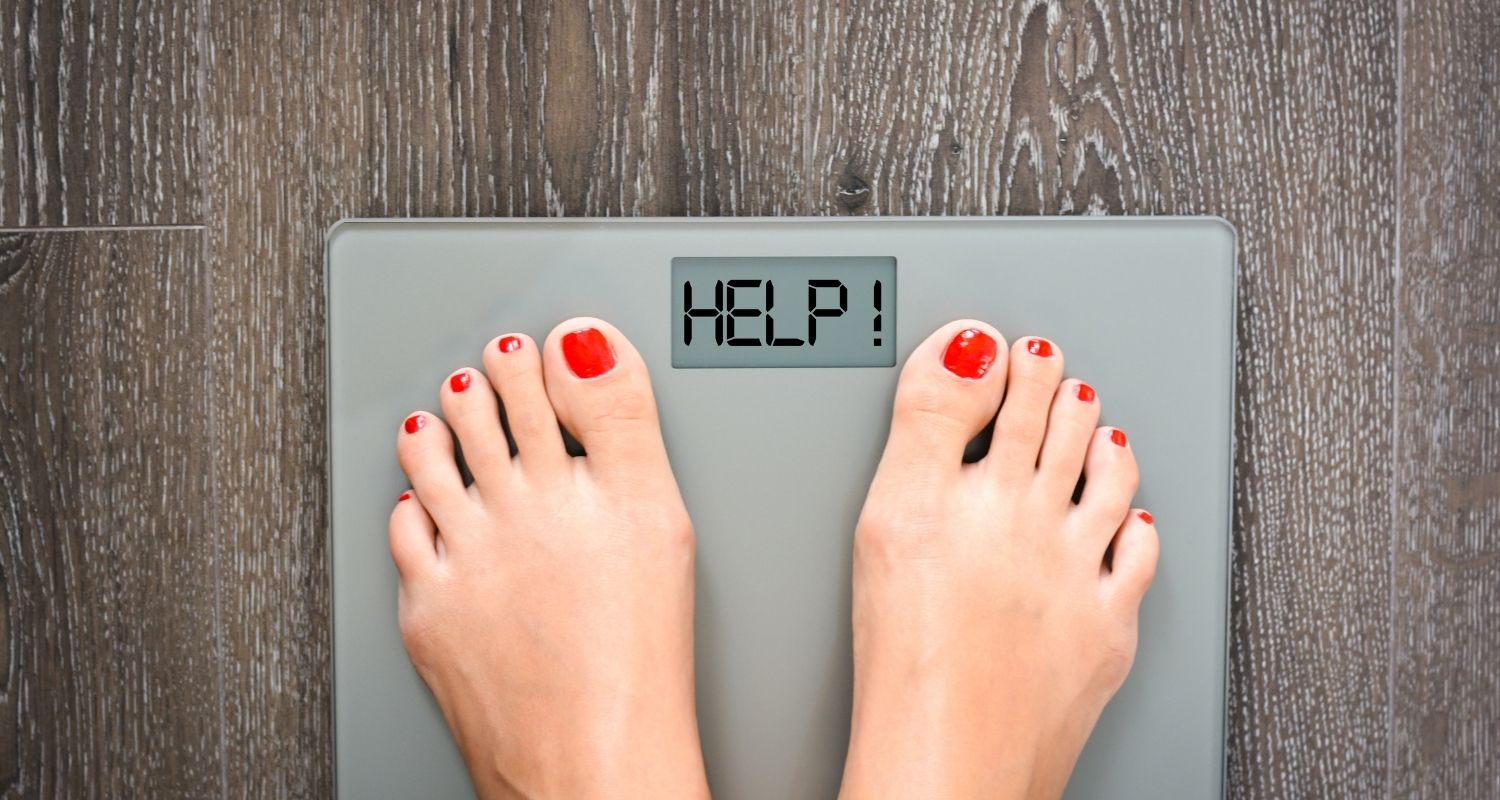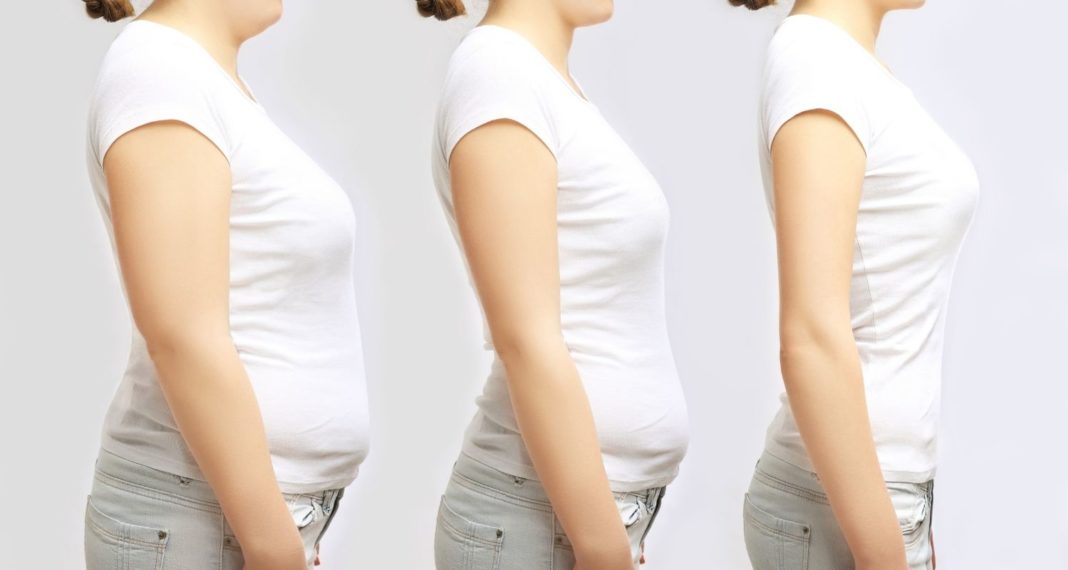Last Updated on by Eat Better Move More
How Much Weight Loss Is Noticeable
Obesity is one of the prevalent health problems in our modern society. In a survey conducted in 2016, there are about 1.9 billion 18 and above adults are overweight. Many chronic illnesses come with obesity, so understandably, many want to shed the fats away.
Pretty much a lot of people are working out to achieve fitness and health. But it’s not just that, but wouldn’t you be satisfied when you finally see some weight being shed off after weeks of hard work? I know I would. Achieving and maintaining fitness is very difficult to achieve.
Perhaps you’ve spent some blood, shed some tears, and did sweat a lot during your workout. Finally, you shed some weight, but how much longer before they start to notice you getting fit? Perhaps you are awaiting a compliment from people around you because of your progress? When that happens, it will make you more motivated and all the more worth it.
So, how much weight loss is noticeable?
When Does Weight Loss Become Noticeable?

There are so many factors to consider that will affect how other people will perceive you. Although there are no clear-cut answers on how people will perceive you, here are some factors to consider to notice weight loss.
Starting Body Size
Your BMI (Body Mass Index) proportions affect the results on how quickly weight loss is perceived. The higher your BMI, the weight fluctuations will be more evident. A larger body frame also results in quicker weight loss.
On the other hand, a smaller body frame and BMI results in slower weight loss progress. As a result, the weight loss is also less evident. You will have to work harder before anyone starts to notice your progress.
Someone who has a larger frame will lose weight much faster than a smaller frame. Why is that? It is because they need to exert more effort in every movement. For example, two persons are going for a two-mile run.
One person weighs 198 pounds and the other 165 pounds. The person who has 198 pounds will need to exert more effort to do the same run than the 165-pound person. Their body is heavier, and thus it uses more energy to move around.
Food Restrictions
To accelerate the initial phase of weight loss, many choose to restrict food consumption. For the first couple of weeks, they will see they have shed a significant amount of pounds. During this period, you can lose up to five or more pounds. As a result, your weight loss becomes noticeable.
However, this is a start and not a great long-term plan. It’s hard to keep up with food restrictions, and so make sure that you add proper diet and exercise to the formula.
Less Carbohydrate Intake
Cutting back on carbohydrates is also a quick way to lose weight and appear thinner. However, losing carbohydrates doesn’t equate to losing a lot of fat. When you start cutting back on carbohydrates, you also lose a significant amount of water needed to store it.
By simply cutting back on carbs, you might just fit back into your old clothes. While you are indeed losing weight and appearing thinner, you are not losing the unwanted fat stores.
Carbohydrate loss is a jump start to your weight loss program. If you want sustainable long-term weight loss, healthy eating and exercise must be added.
Weight Fluctuations
When you weigh yourself on the weighing scale, you might see some weight loss. On other days, you see some weight gains. There are many reasons that your weight fluctuates day-to-day. Your exercise on these days doesn’t necessarily result in immediate weight loss.
If you want to see an accurate chart of your weight loss journey, weigh yourself weekly. Likewise, your weight number doesn’t tell the whole story. If you do gain weight, it doesn’t necessarily mean that your weight loss program is ineffective. You can gain weight due to muscle build-up, but this typically only happens when you’ve lost significant weight already.
So if you are gaining weight when you’ve just started, you might need to reevaluate your food consumption and work out intensity.
What Is The Ideal Healthy Body Weight?
To identify how much body fat you need to lose, you first need to know what is the ideal weight. The ideal weight is different for anyone, and we all have different body frames. There is no ideal body weight, but there is YOUR ideal body weight.
To identify your ideal body weight, you need to know about Body Mass Index or BMI for short. Body Mass Index is the measure of body fat mass based on weight and height, and both apply to men and women. There are plenty of tools online you can use to identify your body fat mass.
Ideal healthy body mass index ranges between 18.5 to 24.9. If you achieve these measures, you will be considered healthy Simply follow your doctor’s or coach’s prescribed workout routine to improve and achieve the ideal weight. Doctors agree that losing 1-2 pounds a week is ideal for long-term sustainable weight loss.
Where Do I First Lose Fat?
Losing fat can be very dependent on your genes. Your workout might be centred around your belly and waist to lose fat there. However, your fat loss is not in your control.
Everyone carries fat in different parts of the body. Some want a thinner waistline, and others want to reduce their belly fat. Unfortunately, targeted fat loss is not possible. Only through intense exercise and proper diet is fat loss possible.
While you may not notice any external processes at first, the internal processes are hard at work. Once your start working out, fats around your kidneys and liver start to fade away. Once that’s gone, then you will see improvements in your waistline. But again, this is very dependent on genetics. So you might just be the lucky person that losses belly fat first.








